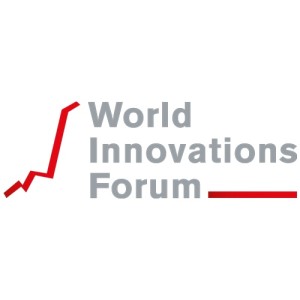 The two founders of the World innovations Forum, Axel and Marita will be visiting ambassadors in 8 countries in Asia, co-organize local “Entrepreneurs Night Events” and explore key challenges and opportunities to increase success rates of entrepreneurs and corporate intrapreneurs.
The two founders of the World innovations Forum, Axel and Marita will be visiting ambassadors in 8 countries in Asia, co-organize local “Entrepreneurs Night Events” and explore key challenges and opportunities to increase success rates of entrepreneurs and corporate intrapreneurs.
There is an enormous engagement to increase the level of innovation all over the world. However most societies work isolated from the other and still live in the old paradigm of keeping everything close to their chest, distrusting others and maintain a rather closed mindset. Our mission is to change that.
It takes a special mindset to bring innovation successfully to global markets.
An economy is only as good as their ability to innovate and progress. What was the US in the last century, the UK before that is China today. And while China is the economic leader in Asia right now, other Asian countries like South Korea, Malaysia, or Japan are high on their heels. Yet, bringing innovation to global markets requires a paradigm shift in mindset. Our mission is not to create even more innovations – but bringing the good ones successfully to global markets. Only then, businesses grow, create jobs, and spark new businesses again.
We are visiting Thailand, Nepal, Vietnam, Malaysia, Singapore, Hong Kong, Mainland China, South Korea and Japan.
Entrepreneurs Nights
| Tue Mar 6 | Kathmandu, Nepal | |
| Thu Mar 8 | Hanoi, Vietnam | |
| Tue Mar 13 | Kuala Lumpur, Malaysia | |
| Thu Mar 15 | Singapore, Singapore | |
| Tue Mar 20 | Hong Kong | |
| Thu Mar 22 | Shenzhen, China | |
| Tue Mar 27 | Seoul, South Korea | |
| Thu Mar 29 | Tokyo, Japan |
In each city we will have time to meet with ambassadors, investors, entrepreneurs, sponsors and governments.
We are extremely excited about this tour, meeting many amazing people and sharing our vision of a globally connected innovation meta space that helps entrepreneurs from all corners of the earth to work with each other as if they would sit in the same co-working space.

